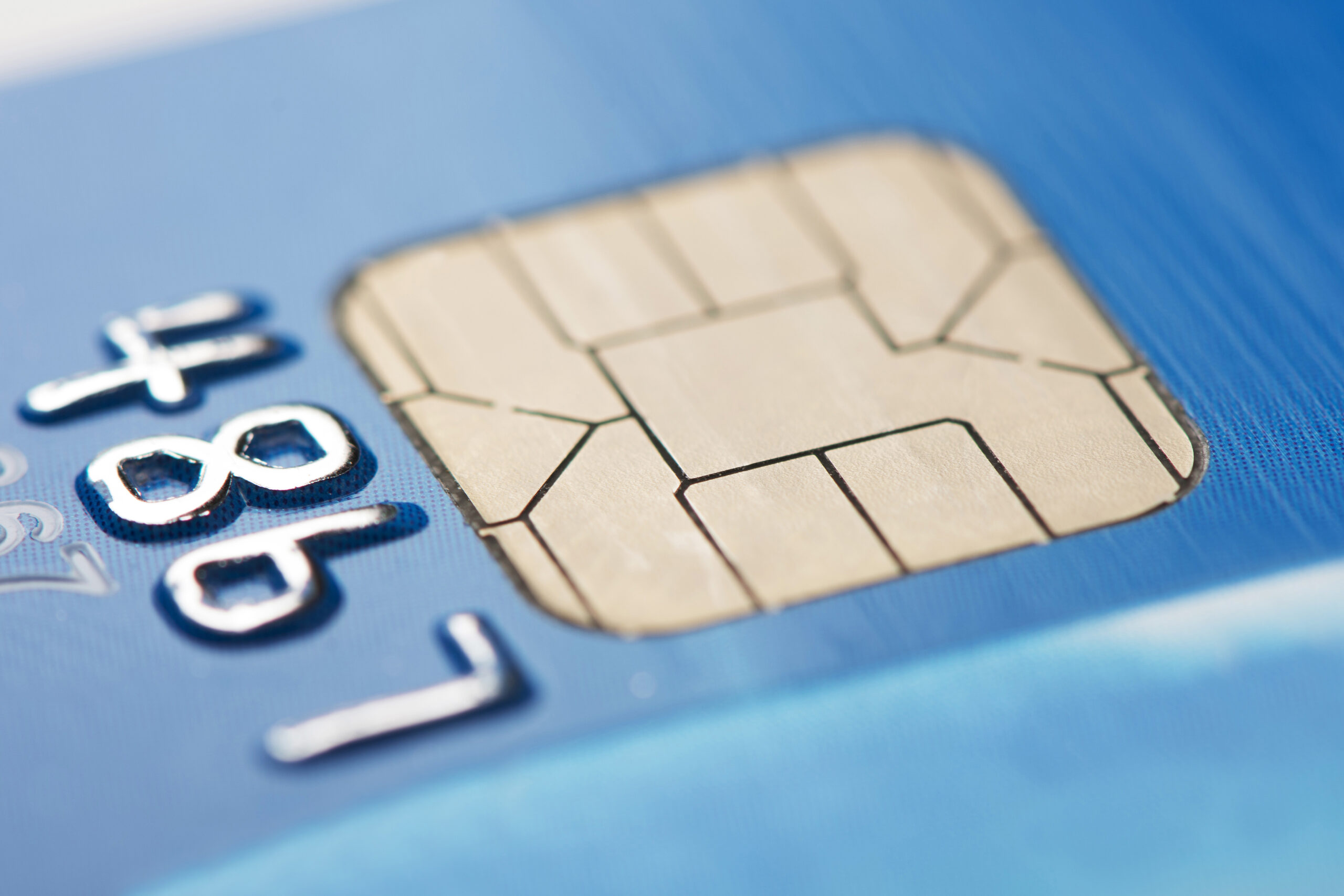- Sales & Support : (844) 931-1923
- Sales & Support : (844) 658-3800
- Uncategorized
- Apr 12
The Impact of EMV Technology on Payment Security

EMV technology is the industry standard for payment security. It saves merchants a host of issues like identity theft, card-present fraud, data breaches, diminished customer trust, and non-compliance penalties.
So, what is EMV software? US Card Solutions explains what EMV technology is in detail. Discover how this card security benchmark keeps your credit, debit, and prepaid card transactions secure for your customers at your business.
Understanding EMVs
EMV is an abbreviation for Europay, Mastercard, and Visa. The three financial giants are the masterminds behind the chip technology that secures EMV devices. Today, EMV technology does more than just secure smartcards from Europay, Mastercard, and Visa.
It also secures payments from other major card issuers like China Union Pay, American Express, JCB, and Discover.
EMV’s chip technology is the industry’s gold standard, securing over 13 billion cards.
In appearance, EMV cards are similar to traditional credit or debit cards. Nonetheless, these cards have a small gold or silver-colored chip on the front. Besides the chip, some EMV cards have a magnetic stripe on the back for compatibility with older card readers.
Why are EMV Chips More Secure?
EMV cards use an embedded chip to enhance the security of transactions. Unlike the traditional magnetic strip, EMV chip devices use a unique transaction code to authorize transactions instead of the real card number.
The unique transaction code makes it exceedingly difficult for fraudsters to intercept sensitive card information. For this reason, the EMV chip technology reduced card-present fraud by around 76% between 2015 and 2018.
Before completing a transaction, the chip-enabled smartcards prompt cardholders to enter their PIN. The PIN request further eliminates the chances of fraudulent transactions by authenticating the user at the cardholder at the point of sale.
Although the chip in EMV devices carries sensitive information, it is difficult for fraudsters to manipulate. This is because the chip’s information is encrypted, something that eliminates the chances of someone tampering with it.
How Does EMV Technology Work?
An EMV transaction starts when one inserts their card into a point of sale terminal or taps it if contactless. Upon inserting or tapping, the EMV technology proceeds with a transaction following the procedure below:
Card Authentication
The point-of-sale terminal establishes communication with the chip embedded in a card reader. Afterward, the chip exchanges encrypted verification data to the POS terminal for authentication. The transaction continues if the card is legitimate. However, if the card is not authentic, the terminal declines the transaction.
Transaction Processing
After card verification, the terminal sends transaction and merchant details to the chip card. Again, the terminal shares the transaction details as a unique, hard-to-manipulate code. The EM technology validates the transaction, deducting the appropriate amount from the cardholder’s account. The transaction process occurs in a matter of seconds.
Card Holder Authentication
After keying in the transaction details, EMV cards proceed to authenticate the user. The EMV devices use a PIN or signature to verify the cardholder at the point of sale. The user authentication acts as an additional layer of security.
Interested in Learning More About Payment Processing? Contact us Today
Processing payments requires a trusted payment processor by your side. These service providers streamline the transfer of funds between a cardholder’s bank and the merchant’s bank. They make transactions swift and secure.
US Card Solutions is one reliable partner for payment processing. We help merchants accept payments from all major credit card processors, including GPay, Visa, and Apple Pay. Moreover, we offer EMV software for sale so you can secure transactions.
Browse our packages to choose a payment processing plan that meets your business needs.
IMG Credit: Jason Kolenda
Related Posts

What are Terminals and How Do They Help?
A terminal is the hardware and software that helps businesses accept and process credit, debit, and contactless payments. The hardware reads the card and authenticates the user through a pin or fingerprint. Likewise, the software…
- Feb 21
Demystifying the Ingenico Lane/3000 Series: A Comprehensive Review
The Ingenico Lane/3000 series is one of the most popular terminals for business enterprises. This premium terminal promises a smooth checkout for clients and long-term service even in busy retail settings. Moreover, Ingenico markets the…
- Feb 21
Recent Posts
- Maximizing Security in E-commerce Transactions: A Comprehensive Guide
- The Role of Terminals in E-commerce: Bridging the Online-Offline Gap
- Benefits Of Upgrading Your Terminal System
- Understanding Merchant Services Is Simple (when you work with US Card Solutions)
- 10 Signs It’s Time To Upgrade Your Restaurant POS System
Recent Comments